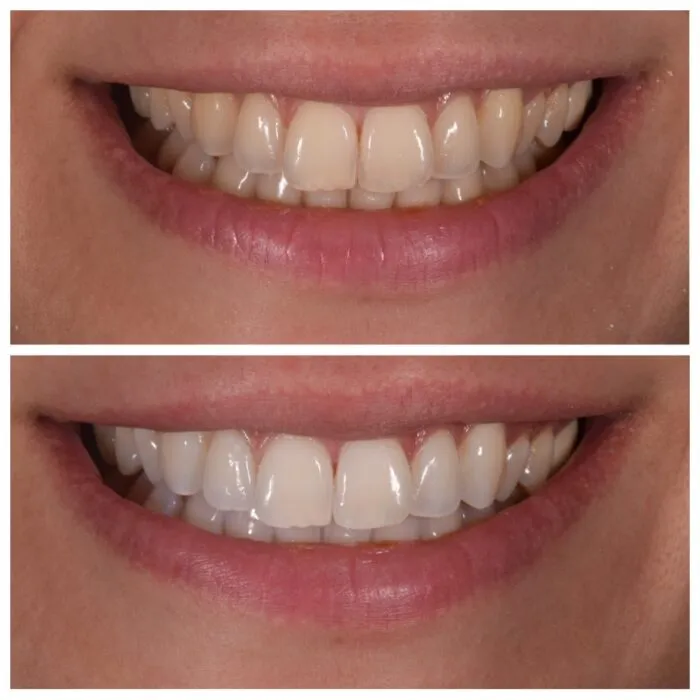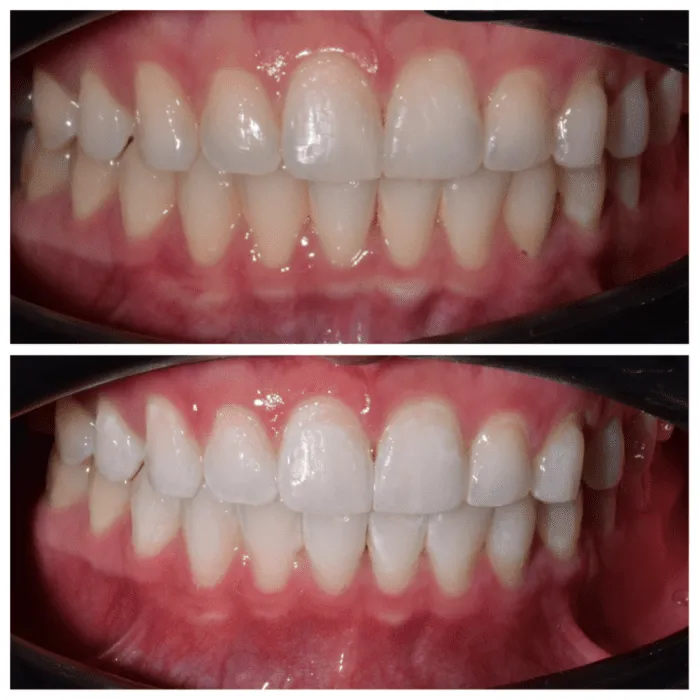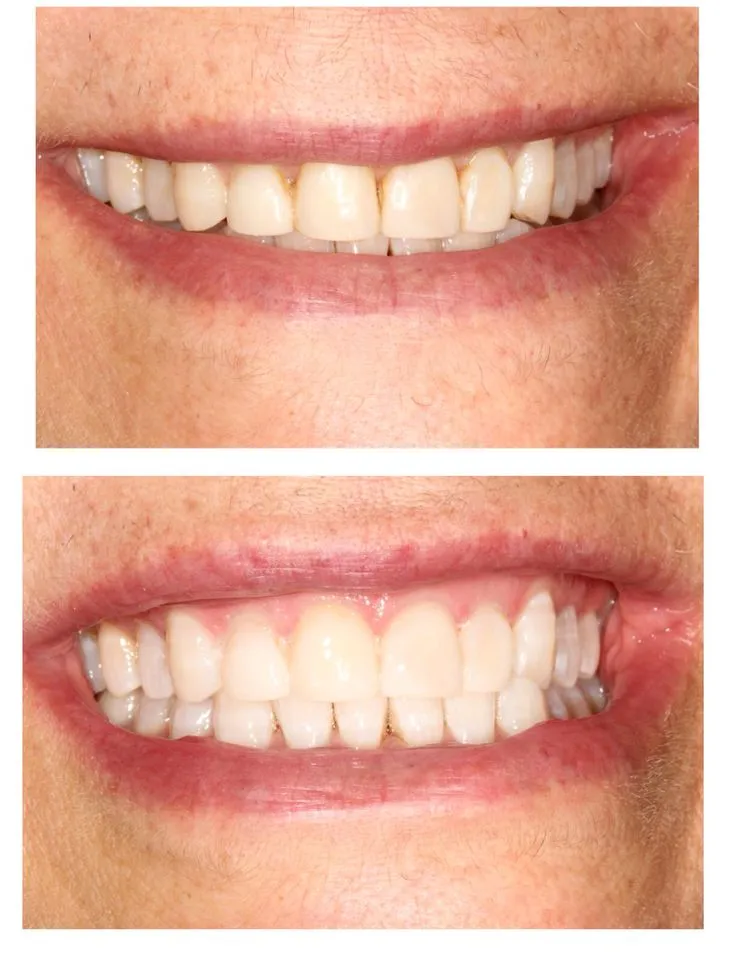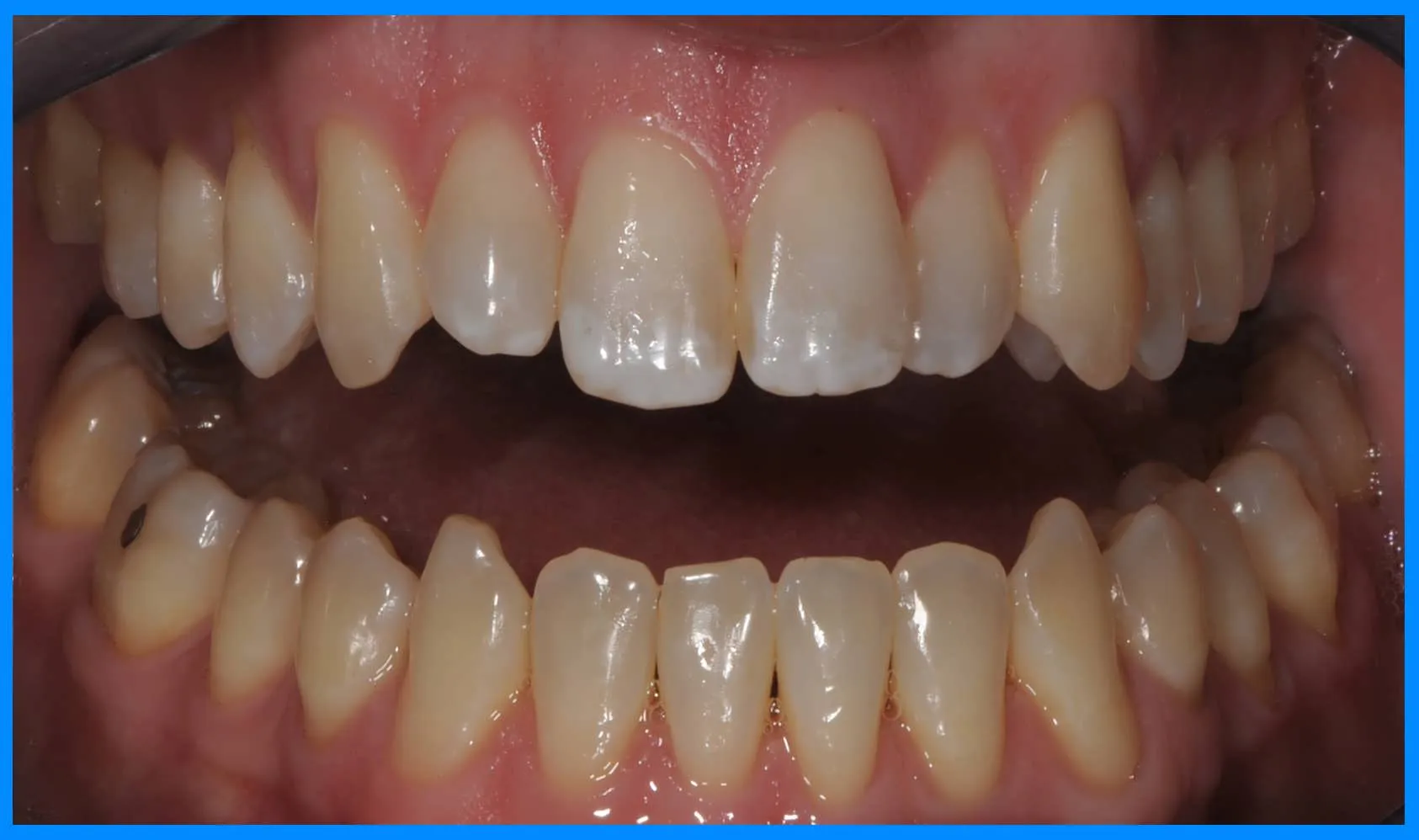Understanding Zoom Whitening Pain
Zoom whitening is a popular and effective in-office teeth whitening treatment, but it’s not always a walk in the park. One of the most common concerns patients have about Zoom whitening is the potential for pain and sensitivity. While the results are often dazzling – a brighter, more confident smile – the process can sometimes come with a degree of discomfort. Understanding the causes of this pain is the first step in managing it effectively. This article delves into the reasons behind the pain associated with Zoom whitening and provides practical strategies to minimize or eliminate it, ensuring a more comfortable experience and allowing you to enjoy your newly whitened smile to the fullest.
What Causes Pain After Zoom Whitening?
The pain experienced after Zoom whitening can be attributed to a few key factors, all related to how the whitening process interacts with your teeth and gums. It’s crucial to know the potential causes so you can prepare and take appropriate measures to mitigate any discomfort.
Sensitivity to the Whitening Agent

The primary culprit behind pain is the whitening agent itself, typically a high-concentration hydrogen peroxide gel. This agent penetrates the enamel to break down stain molecules. However, this process can also irritate the nerves within the teeth, leading to sensitivity. The degree of sensitivity varies from person to person, with some individuals experiencing only mild discomfort while others may feel sharp, shooting pains.
Gum Irritation and Inflammation
During the Zoom whitening procedure, the gums are protected, but some contact with the whitening agent is inevitable. This can lead to gum irritation and inflammation, causing tenderness and soreness. This is often more pronounced if the gums are already sensitive or if there’s pre-existing gum disease. Proper isolation techniques by your dentist are essential to minimize gum contact and subsequent irritation.
Other Possible Causes
Less common factors that can contribute to pain include pre-existing dental conditions, such as cavities or cracks in the teeth, which can exacerbate sensitivity. Additionally, some individuals may experience referred pain from the jaw or surrounding muscles, especially if they clench or grind their teeth. It’s essential to inform your dentist about any dental issues before the procedure.
Top 5 Ways to Manage Zoom Whitening Pain

While some degree of sensitivity is common after Zoom whitening, there are several effective strategies to manage and minimize the pain. Implementing these methods can significantly improve your comfort level and allow you to enjoy the benefits of your treatment without unnecessary suffering.
Use Sensitivity Toothpaste
One of the most accessible and effective ways to combat sensitivity is to use toothpaste designed for sensitive teeth. These toothpastes typically contain ingredients like potassium nitrate or stannous fluoride, which help to block the tubules in the teeth, reducing nerve sensitivity. Starting to use this type of toothpaste a week or two before your Zoom whitening treatment can also help prepare your teeth for the procedure.
How Sensitivity Toothpaste Works
Sensitivity toothpaste works by either blocking the pathways to the nerves in your teeth or desensitizing the nerves themselves. Potassium nitrate penetrates the tooth and calms the nerves, while stannous fluoride can physically block the tubules. Regular use of these toothpastes builds a protective layer, reducing the sensation of pain from hot or cold stimuli.
Recommended Brands

Several brands offer excellent sensitivity toothpastes. Popular choices include Sensodyne, which offers a variety of formulations to suit different needs, and Pronamel, known for strengthening enamel and reducing sensitivity. Ask your dentist for recommendations based on your specific needs and the severity of your sensitivity.
Take Over-the-Counter Pain Relievers
For those who experience significant pain after Zoom whitening, over-the-counter pain relievers can provide much-needed relief. These medications can help reduce inflammation and block pain signals, making your experience more comfortable. It’s important to follow the recommended dosage and consult with your dentist or doctor if you have any concerns.
Types of Pain Relievers to Consider
Common over-the-counter pain relievers include ibuprofen (Advil, Motrin), which is an anti-inflammatory, and acetaminophen (Tylenol), which helps with pain. Ibuprofen can be particularly helpful in reducing inflammation that may contribute to tooth sensitivity. Always read and follow the instructions on the packaging, and avoid exceeding the recommended dose.
Dosage and Precautions

The appropriate dosage of pain relievers varies. It’s essential to adhere to the guidelines provided on the medication packaging or by your dentist. Be cautious when taking multiple medications and be aware of any potential side effects or interactions. If you have any underlying health conditions or are taking other medications, consult your doctor or dentist before taking any pain relievers.
Avoid Cold and Hot Foods/Drinks
One of the most immediate and noticeable effects of teeth sensitivity is the discomfort caused by temperature fluctuations. After Zoom whitening, your teeth may be particularly sensitive to cold and hot foods and beverages. Avoiding these can significantly reduce pain and make your post-treatment experience more pleasant.
Why Temperature Sensitivity Occurs
The whitening process can temporarily make the pores in your enamel more exposed, allowing hot and cold sensations to reach the nerves in your teeth more easily. This is why even a sip of cold water or a bite of hot food can cause sharp pains or discomfort. This sensitivity is usually temporary and will subside as your teeth remineralize.
Foods and Drinks to Avoid

For the first few days after your Zoom whitening treatment, it’s best to avoid very cold or hot foods and drinks. Examples include ice cream, iced coffee, hot soups, and very spicy foods. Opt for lukewarm or room-temperature options instead. Consider eating soft foods that are gentle on your teeth.
Follow Your Dentist’s Aftercare Instructions
Your dentist will provide specific aftercare instructions to help you manage pain and sensitivity, and to maximize the results of your Zoom whitening treatment. Following these instructions diligently is crucial for a comfortable recovery and achieving the best possible outcome.
Importance of Proper Aftercare
Proper aftercare not only helps to manage pain but also supports the remineralization of your enamel and prevents potential complications. It ensures that your newly whitened teeth remain vibrant and healthy. Ignoring these instructions can lead to increased sensitivity and potentially compromise the results of the treatment.
Specific Instructions to Follow

Your dentist’s aftercare instructions will likely include recommendations on the use of sensitivity toothpaste, avoiding certain foods and drinks, and possibly the use of fluoride treatments. They may also advise you on how to brush and floss gently to avoid irritating your gums. Make sure to ask your dentist any questions to fully understand and adhere to the post-treatment guidelines.
Consider a Fluoride Treatment
Fluoride treatments can further help reduce sensitivity by strengthening the enamel and making it more resistant to external stimuli. Your dentist may recommend a fluoride treatment after your Zoom whitening procedure to aid in remineralization and provide additional protection against sensitivity.
Benefits of Fluoride for Sensitivity
Fluoride strengthens tooth enamel by incorporating into the crystal structure of the enamel, making it more resistant to acid attacks from bacteria and food. It also helps to block the tubules that lead to the nerves, reducing the sensation of pain. A fluoride treatment can provide immediate relief and long-term benefits for managing sensitivity.
Where to Get a Fluoride Treatment
Fluoride treatments can be administered by your dentist in the form of a professional application or can be prescribed as a home treatment. Professional treatments usually involve applying a concentrated fluoride gel or varnish. Home treatments may include fluoride toothpaste, rinses, or gels. Consult with your dentist to determine the best option for your needs and the severity of your sensitivity.
In conclusion, while Zoom whitening can cause temporary pain and sensitivity, it’s generally manageable. By understanding the causes and implementing these five key strategies—using sensitivity toothpaste, taking over-the-counter pain relievers, avoiding extreme temperatures, following your dentist’s aftercare instructions, and considering a fluoride treatment—you can significantly reduce discomfort and enjoy a brighter, more confident smile. Always consult your dentist if you have any concerns or experience severe pain.
